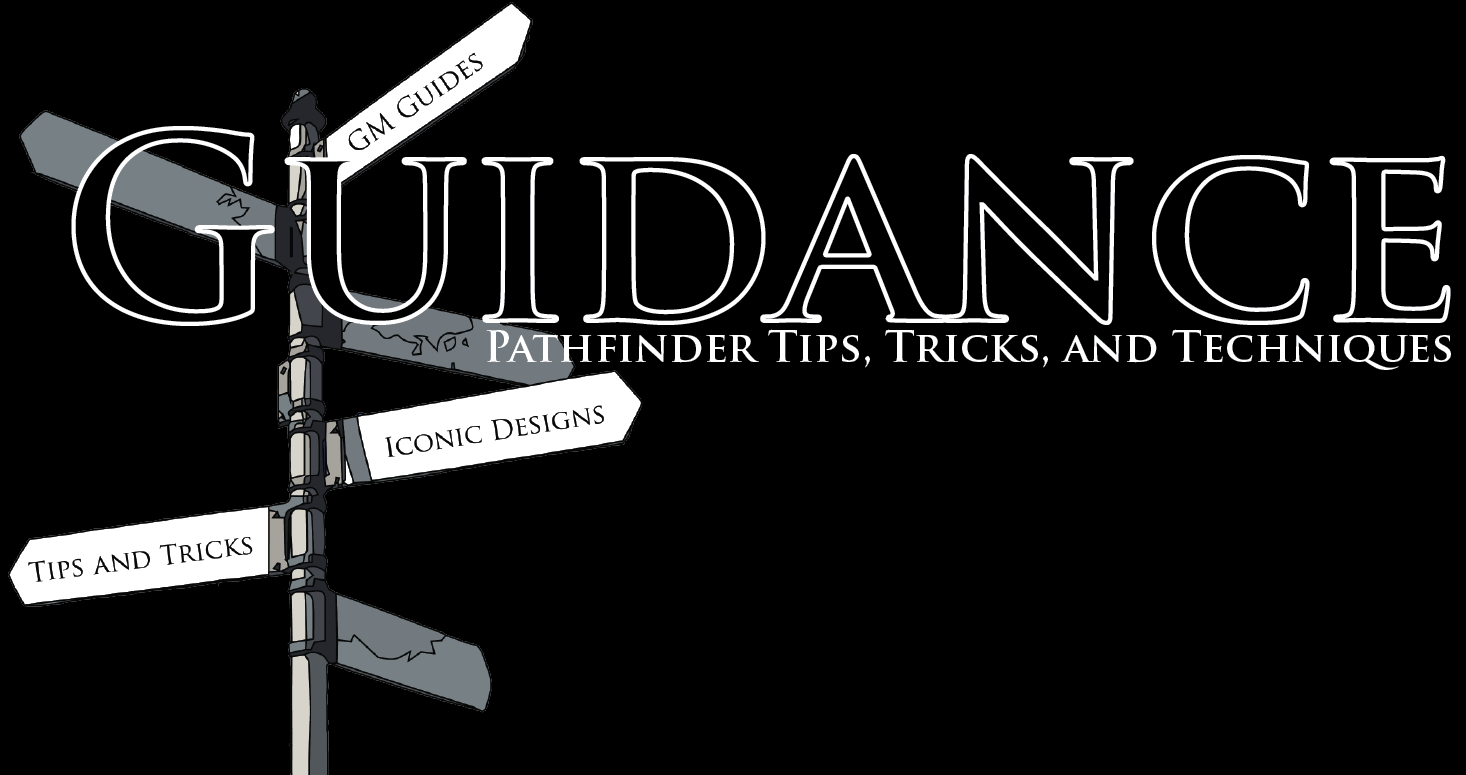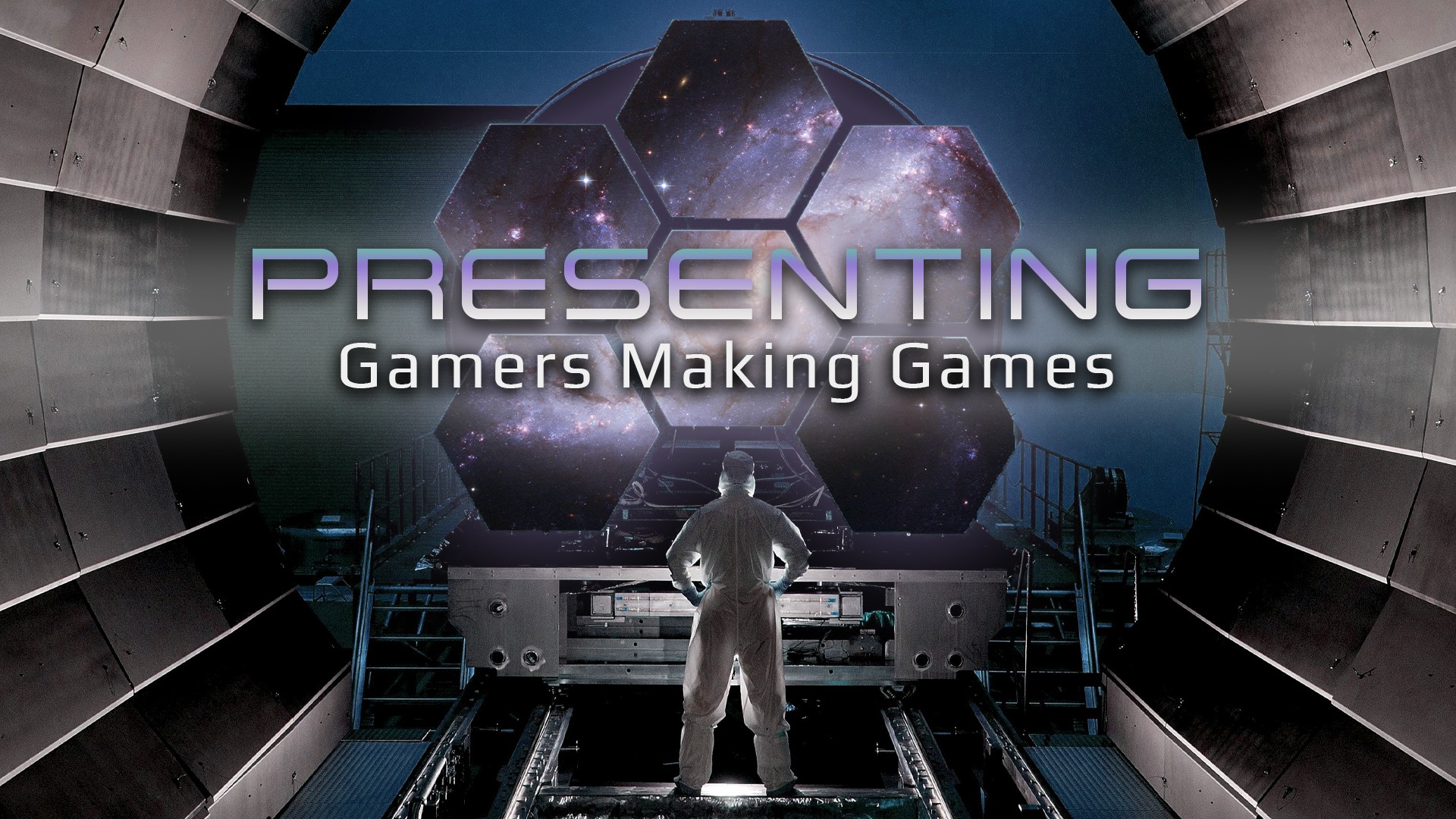Hello, Know Direction readers! I’m Alexander Augunas, the Everyman Gamer, and let me tell you something fam. Being stuck inside all the time really gives you a chance to pour over your Starfinder Roleplaying Game books, looking for just about ANYTHING interesting to read. And something interesting I’ve found—I’ve found an actual, in-print time marker that gives us an idea of how long ago the Gap was.
Interested? Well, let’s take a look-see at some relevant information for ourselves.
But First, an Anti-Meme
Before we get started, we should take some time to clarify what, exactly, the Gap is. According to the Starfinder setting, courtesy of StarfinderWiki:
The Gap is a recent phenomenon affecting all the memories and records across the multiverse. All memories and records of the planet Golarion were removed from all of the multiverse’s inhabitants along with all memories of an indeterminate number of years. Even the deities are silent on the subject, vaguely referring to the safety of the lost planet of Golarion. No members of any species remembers what happened during the unknown number of years covered by the Gap.
Very little is known about what happened during the Gap, or even how long it lasted. Judging from carbon dating and astrochronology, it seemed to have lasted several millennia, although the exact end dates vary by location. Some planets record that it ended 310 years ago, while on others it seems to have ended only 275 before the present day.
Alright, so basically all this information makes the Gap an anti-meme, and if you’re thinking that means “the opposite of a JPEG or GIF that you share on your personal comm unit with your friends,” you’d only by half-right. You see, the idea of a meme is actually much older than the internet itself. The term was coined by a 1976 book by one Richard Dawkins in his book, The Selfish Gene. Rather than bore you with all the details, I’ll skip to the part where Dawkins coined the term “meme.” In Dawkins’s work, a meme is an element of culture that an outsider might view as a replicator, specifically that the element self-replicates when exposed to humans. Examples include music or fashion; when a human is exposed to a song (such as Strawberry Machine Cake’s late hit single, Operation: Songbird Smash!) or a new fashion trend, it replicates in that the new human begins humming the song to themselves or tapping along, or changes their style to match the latest fashion trend. The modern definition of a meme has been further extrapolated on to the following, courtesy of Wikipedia:
A meme is an idea, behavior, or style that spreads by means of imitation from person to person within a culture—often with the aim of conveying a particular phenomenon, theme, or meaning represented by the meme. A meme acts as a unit for carrying cultural ideas, symbols, or practices, that can be transmitted from one mind to another through writing, speech, gestures, rituals, or other imitable phenomena with a mimicked theme. Supporters of the concept regard memes as cultural analogues to genes in that they self-replicate, mutate, and respond to selective pressures.
So, a meme is an idea, symbol, or practice that spreads from person to person within a culture through media like speech, gestures, rituals, or some other imitable phenomena. But I said that the Gap is an anti-meme, so what does that mean? Well, if you go with the practical definition, an anti-meme is basically a “meta-meme,” or a meme that pokes fun at existing memes, usually by changing a popular, imitated format. For example, if you were going to anti-meme a popular fashion trend, you might wear an outfit that is counter to a popular, well-established trend. Actor Billy Porter’s tuxedo dress is a worker example of an anti-meme in fashion, but it’s not what I’m talking about when I call the Gap in Starfinder in anti-meme. No, when I’m talking about an anti-meme, I’m talking about something that is the literal opposite of the definition of a meme. Allow me to show you.

Damn, that tuxedo dress looks good!
A meme is an idea, behavior, or style that spreads by means of imitation from person to person within a culture—often with the aim of conveying a particular phenomenon, theme, or meaning represented by the meme. A meme acts as a unit for carrying cultural ideas, symbols, or practices, that can be transmitted from one mind to another through writing, speech, gestures, rituals, or other imitable phenomena with a mimicked theme.
A meme anti-meme is an idea, behavior, or style that spreads dwindles by means of imitation from person to person within a culture—often with the aim of conveying expropriating a particular phenomenon, theme, or meaning represented by the meme. A meme acts as a unit for carrying dissipating cultural ideas, symbols, or practices, that can be transmitted from one mind to another through writing, speech, gestures, rituals, or other imitable phenomena with a mimicked theme.
To wrap this up, an anti-meme is an idea, behavior, or style that removes itself from the a person’s mind as soon as it’s comprehended. As a result, memes don’t convey information, they remove it. In the case of the Gap, the anti-meme wiped away everyone’s memories of everything involving the cultural ideas, symbols, and practices associated with the time frame that the Gap took place in. This is why the Gap’s memory deletion is so selective, and why organizations like the Starfinder Society are able to find clues and information that helps them narrow the frayed edges of the Gap, so to speak. The Gap isn’t absolute brain bleach; as an anti-meme, it was only capable of removing ideas and information central to whatever the precise anti-meme was. That’s why you might remember that you have a wife and that she likes Strawberries and that her name is Jolynne, but you might not remember where you met or where you went on your first date. Your wife’s identity has nothing to do with the anti-meme that lays hidden at the center of the Gap. But if you met her on Golarion, and Golarion is, for some reason, the anti-meme….
However long that might have been, which is impossible to know because that information has been deleted from people’s minds. Right?
Reading the Frayed Tapestry of Space-Time
The funny thing about an anti-meme is that you can’t definite it by its qualities. As soon as a quality of an anti-meme is known, then by definition knowledge of that quality must be immediately lost because it belongs to something that actively expunges itself from your mind. So, how do you define an anti-meme?
If you’re a fan of the SCP Foundation like I am, you might know the answer to this conundrum already. For those who’ve never heard of the SCP Foundation, it’s a community of storytellers who write a shared public mythos centered around the SCP Foundation, which stands for Secure-Contain-Protect, the Foundation’s ethos. At its core, the Foundation claims to be an agency devoted around removing paranormal creatures, objects, and hazards, securing them in safe locations, containing their anomalous properties, and protecting both the world and the hazards themselves from one another. If you have extra time on your hands, I strongly recommend checking out the SCP Foundation mythos through Youtube audio readers like The Exploring Series and TheVolgun (those two are my personal favorites).
One of the SCP proposals is SCP-0055, which you can read here (and I’m going to be spoiling in literally the next few lines). SCP-0055 is an object, but nobody knows what it is. As soon as anyone encounters it, they immediately forget everything about it as soon as their attention drifts elsewhere. Furthermore people are unable to take actions that would create any physical products detailing the mysterious SCP-0055. For example, anyone tasked with drawing the object loses interest and forgets what they were drawing as soon as their focus shifts from the object to the paper in front of them or the pencil in their hand. Likewise, anyone who looks at a picture or recording of the object forget what they saw as soon as they turn their attention away from it. As you know from above, this object is a literal anti-meme, but the proposal offers us an interesting way to gleam information about an anti-meme that is absolutely applicable to the Gap, which I’ll report here.

In the SCP universe, the researchers were able to remember things that SCP-0055 wasn’t, even though they instantly forgot anything it actually was. This is because things that aren’t an anti-meme don’t purge themselves from your mind because they’re … not an anti-meme. Confused? That’s fine!
Taking this principle to the Gap, we know Golarion can’t be the anti-meme. If it was, people wouldn’t remember that Golarion existed, which we know is true because we’re told many times that Absalom Station occupies Golarion’s place in orbit around the Burning Mother and the system is named the Golarion system. So whatever the reason for the Gap, it isn’t Golarion per say, but no one knows where it is anyway. Now, what else can we tell? Well, we know that the Gap ended between 300 and 275 years ago; the fact that there’s some debate about means that the anti-meme was likely active up until 275 years before the current time, but it stopped affecting some places as many as 300 years ago (which is the official start of the Starfinder timeline anyway).
What else do we know? Well, we know that the Gap wasn’t 6,000 years ago. How do we know this? By being good Starfinders and investigating the places where the “fringes” of the Gap exist, of course! This paragraph of information is from the ijtikri article in Alien Archive 3. I’ll highlight the important part.
Ijtikris started as nomadic hunter-gatherers. Adoption of stone tools 6,000 years ago allowed them to implement agriculture, build villages, and fend off predators. When vesk starships landed on Vesk-2, the ijtikris had city-states with iron-age technology. Resistance to vesk rule was brief. Within several years, the planet became part of the Veskarium. Ijtikris who have just emerged from the sea readily adopt almost any accepting group as surrogate families, so they are natural recruits for Veskarium organizations. Modern ijtikris have largely adopted vesk culture. Those who remain on Vesk-2 contribute to local industries, such as fish farming, salt production, and defrex ranching.
Do you see it there? 6,000 years ago! Based on the fact that we can remember the date, we can ascern that the Gap wasn’t 6,000 years ago, and since the Gap (as we currently understand it) is a period of time with a definitive start and end, we know that the Gap occurred over a span of 6,000 to 300 years ago! So, what else could I find? Eagerly I dove through my collection of Starfinder books, using all manner of searching tools to aid me and, and I found … nothing. Absolutely nothing! As far as I can find, this note from Vesk-2 is the first definitive year we have of something happening more than 300 years ago.
Which makes it all the more important.
In the meantime, my dear friends, I will continue hunting for any more dates that make their way into Starfinder canon, and hopefully together we can put together the mysteries of the Gap, as all good Starfidners should! But until then, see you next week!

Alexander “Alex” Augunas has been playing roleplaying games since 2007, which isn’t nearly as long as 90% of his colleagues. Alexander is an active freelancer for the Pathfinder Roleplaying Game and is best known as the author of the Pact Magic Unbound series by Radiance House. Alex is the owner of Everyman Gaming, LLC and is often stylized as the Everyman Gamer in honor of Guidance’s original home. Alex also cohosts the Private Sanctuary Podcast, along with fellow blogger Anthony Li, and you can follow their exploits on Facebook in the 3.5 Private Sanctuary Group, or on Alex’s Twitter, @AlJAug.






Leave a Reply